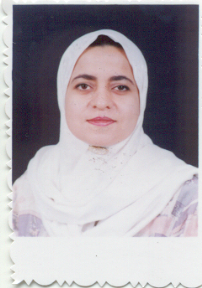IMPORTANC
Optimal glottal closure as well as symmetrical vocal fold masses and tensions are essential prerequisites for normal voice production. Successful phonosurgery depends on restoring these prerequisites to achieve long-term improvement.
OBJECTIVE
To evaluate the efficacy of the laryngeal framework surgical treatments (arytenoid adduction with and without thyroplasty type I [AA ± Th-I]) compared with arytenoid adduction combined with nerve-muscle pedicle flap transfer (AA + NMP) in unilateral vocal fold paralysis. Patterns of voice outcome were compared over a 2-year period.
DESIGN, SETTING, AND PARTICIPANTS
Retrospective review of clinical records of 22 patients who presented to an institutional practice with severe paralytic dysphonia between March 1999 and December 2008, who received 2 different treatments. Postoperative follow-up was conducted over 2 years.
INTERVENTIOn
Eleven patients were treated with AA ± Th-I and 11 patients were treated with AA + NMP.
MAIN OUTCOMES AND MEASURES
Vocal function was evaluated preoperatively and at 3, 12, and 24 months postoperatively. Vocal parameters evaluated were jitter, shimmer, harmonics to noise ratio (HNR), maximum phonation time (MPT), and overall grade and breathiness grade of the Grade-Roughness-Breathiness-Asthenia-Strain (GRBAS) voice scale. The outcomes of voice measurements were compared within each group across time and among the 2 groups at each time point.
RESULTS
All voice parameters showed initial postoperative improvement in both groups after 3 months. Moreover, the AA + NMP group showed significant steady improvement over the 2-year follow-up, which did not occur in the AA ± Th-I group. In the AA + NMP group, MPT increased from a mean (SD) of 5.4 (2.1) s at preoperative assessment to 21.5 (7.0) s at 24 months; jitter decreased from 8.6% (5.3%) to 1.2% (0.7%); shimmer decreased from 13.1% (6.0%) to 4.0% (1.6%); HNR increased from 3.8 (3.3) to 9.0 (0.8); overall grade of GRBAS decreased from 2.4 (0.9) to 0.2 (0.4); and breathiness grade of GRBAS decreased from 2.0 (1.0) to 0.1 (0.3).
CONCLUSIONS AND RELEVANCE
Unlike the conventional laryngeal framework surgical treatments, AA + NMP provided long-term voice improvement with nearly normal voice quality. Thus, it can be considered an effective surgical treatment for paralytic dysphonia due to unilateral vocal fold paralysis associated with large glottal gap.

